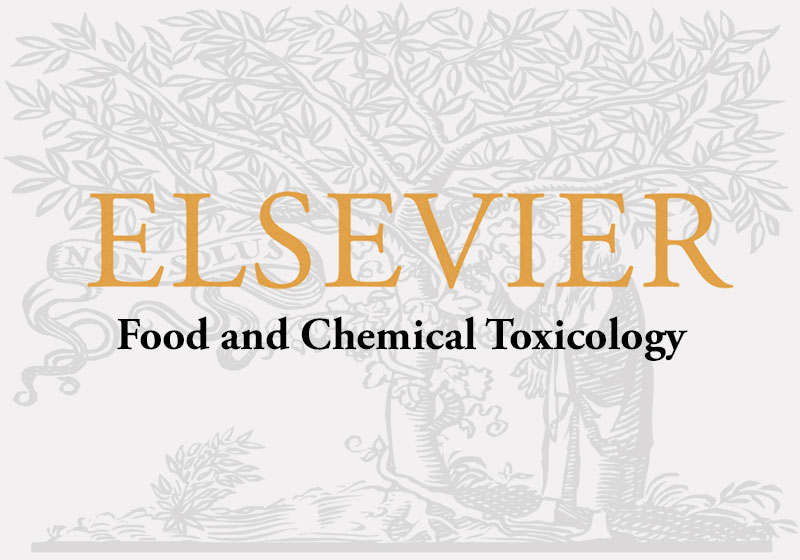Antiparasitic properties of leaf extracts
Antiparasitic properties of leaf extracts derived from selected Nicotiana T species and Nicotiana tabacum varieties.
Within the traditional pharmacopeia, tobacco (Nicotiana spp.) is often cited as an efficient pesticide. This activity is generally attributed to nicotine, but tobacco plants contain other alkaloids that could potentially contribute to this effect.
In this study, we tested methanolic extracts of N. glutinosa, N. glauca, N. debneyi, and N. tabacum (putrescine N-methyltransferase line, burley TN90 and Stella, Virginia ITB 683 and K326), selected according to alkaloid content. Their antiparasitic activity was evaluated in bioassays against adult fleas (Ctenocephalides felis), blowfly (Lucilia cuprina) larvae, nematodes (Caenorhabditis elegans), and ticks (Rhipicephalus sanguineus larvae and adults, Ixodes ricinus nymphs).
None of the extracts killed fleas and blowfly larvae effectively at the con- centrations tested.
Only N. tabacum K326 and N. glutinosa exhibited moderate anthelmintic activity. All extracts significantly repelled R. sanguineus ticks, but not I. ricinus, and the nicotine-rich extracts rapidly knocked down all tick species and stages at high concentrations.
The link between nicotine and tick knockdown was confirmed by successfully testing the pure alkaloid at concentrations found in the tobacco extracts. In contrast, repellent activity could not be correlated to the individually tested alkaloids (nicotine, nornicotine, anabasine, anatabine), although anatabine and nornicotine were active in the tick bioassay at high concentrations.





